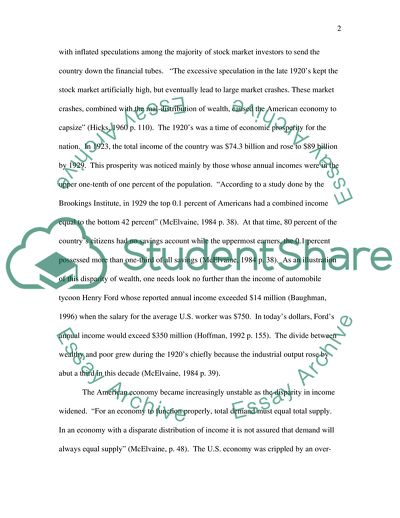Cite this document
(The Great Depression Assignment Example | Topics and Well Written Essays - 1624 words - 2, n.d.)
The Great Depression Assignment Example | Topics and Well Written Essays - 1624 words - 2. Retrieved from https://studentshare.org/history/1712439-the-great-depression
The Great Depression Assignment Example | Topics and Well Written Essays - 1624 words - 2. Retrieved from https://studentshare.org/history/1712439-the-great-depression
(The Great Depression Assignment Example | Topics and Well Written Essays - 1624 Words - 2)
The Great Depression Assignment Example | Topics and Well Written Essays - 1624 Words - 2. https://studentshare.org/history/1712439-the-great-depression.
The Great Depression Assignment Example | Topics and Well Written Essays - 1624 Words - 2. https://studentshare.org/history/1712439-the-great-depression.
“The Great Depression Assignment Example | Topics and Well Written Essays - 1624 Words - 2”, n.d. https://studentshare.org/history/1712439-the-great-depression.


